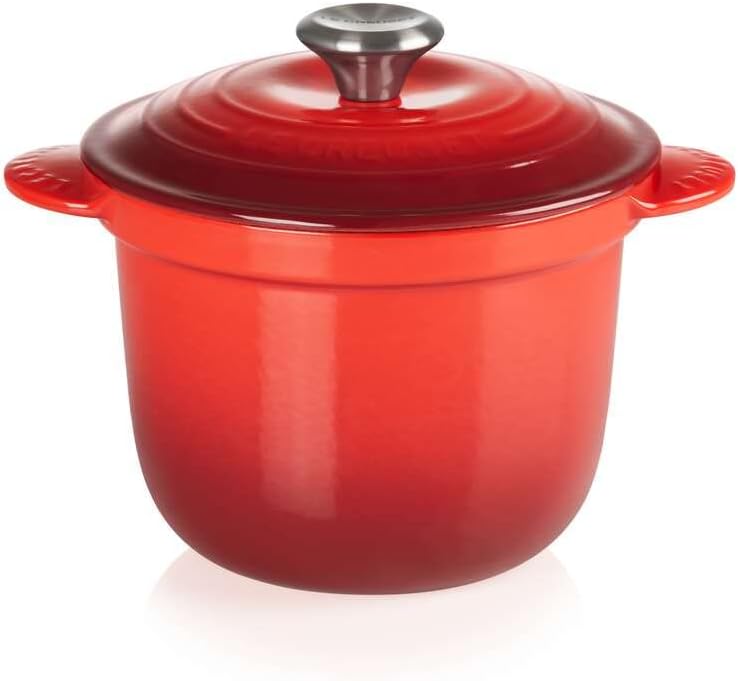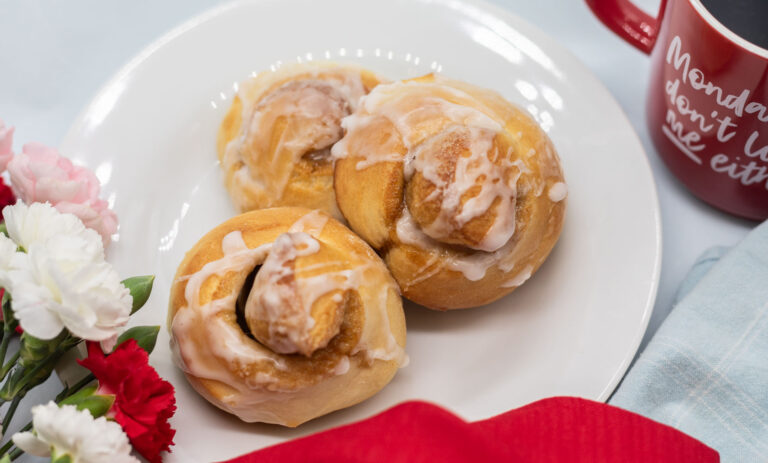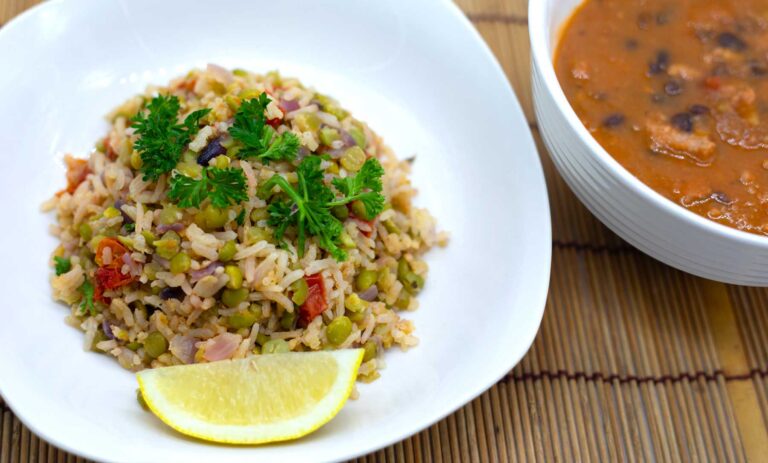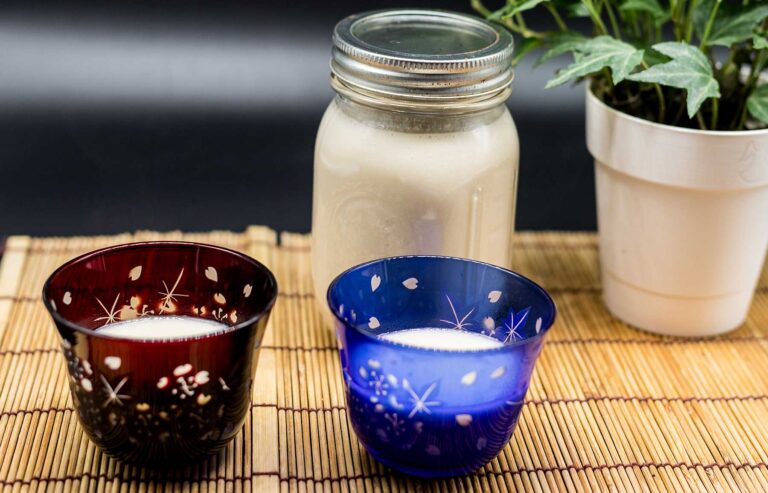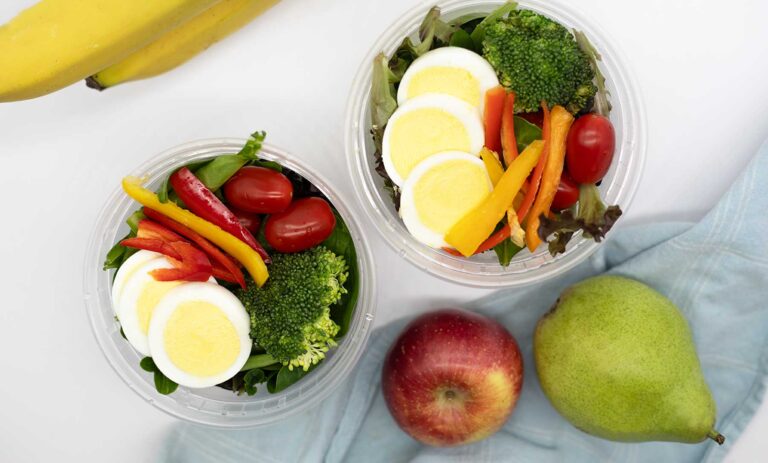Ciabatta-Infused Rustic Sourdough: A Slice of Bread Paradise
People often ask me what to call this amazing bread. It looks like sourdough but tastes even more like Ciabatta – you know, those kinds of bread that usually give beginners a tough time due to their airy texture and complex flavors? Well, not this one! It’s actually super easy, resulting in a loaf that’s moist, crisp, and chewy, with those characteristic air holes just like Ciabatta. This makes it perfect for folks who are just starting out with bread making. I never really learned how to bake professionally, but about 7 years ago, a friend gave me a homemade loaf that blew my mind. She used a bread machine, and it was seriously delicious. That got me hooked on baking easy homemade bread. The coolest part? You only need 4 to 7 basic ingredients (depending on the recipe), and you end up with bread that’s crazy tasty. And trust me, knowing exactly what goes into it is a huge plus, especially when I’m sharing it with my kiddo. Normally, I like using a bread machine to save time on kneading, but this bread is like a shortcut to yumminess. No fancy machine needed—just a quick two-minute mix/knead and 25-35 minutes of baking. The rest is all about patience. Let it ferment overnight, and the next day, give it another 4-8 hours to do its thing, depending on how warm your spot is. It’s seriously a breeze. So, what do you need to whip up this awesome bread? All-purpose or bread flour, salt, water, yeast, and a cast iron skillet or something similar for baking. It’s low in calories since it doesn’t contain sugar or butter. Easy peasy, right?Ingredients:
- 1cup or 170g Flour
- 1/2tsp or 2g Salt
- 1 tsp or 3g Yeast
- 100ml Water
Instructions:
- Mix the flour, salt, and yeast together well, then add lukewarm water and mix.
- Gently shape it into a ball, place it in a bowl, cover, and let it rest at room temperature overnight.
- The next day, sprinkle flour over the softened dough, use a spatula to scoop it out, knead it a few times, then shape it into a round. Place it in a cast iron pot lined with parchment paper, cover, and let the dough rise until it doubles in size. This will take about 4 hours at around 80°F or 8 hours at around 60°F.
- Once it has doubled in size, sprinkle some flour on top and use a bread knife or razor cutter to create patterns (a single slash down the center works well).
- Cover with the lid of the cast iron pot and bake at 425°F for 20-25 minutes. Remove the lid and bake for an additional 5-10 minutes until done.
Do I need a cast iron ?
You don’t necessarily need a cast iron to make Ciabatta or sourdough bread, but using a cast iron pot or Dutch oven has become a popular method for baking these types of bread for several reasons:
- Heat Retention: Cast iron has excellent heat retention properties, which means it can hold and distribute heat evenly throughout the baking process. This is crucial for achieving a consistent and well-baked crust on the bread.
- Steam Generation: When you cover the dough with a lid in a preheated cast iron pot, it creates a sealed environment. This traps the steam released from the dough, which is important for developing a crisp and chewy crust. The steam helps the dough rise and develop that desirable crust texture.
- Crust Development: The enclosed environment of a covered cast iron pot allows for better control over the moisture content during baking. This results in a thicker, crispier, and more artisanal crust.
- Oven Spring: The initial high heat inside the cast iron pot creates what’s called “oven spring,” where the dough rapidly rises in the oven due to the steam and heat. This contributes to an open crumb structure inside the bread.
- Simplicity: Using a cast iron pot simplifies the process of creating steam in a home oven, which can be challenging to replicate otherwise. It provides an easy way to mimic the steam injection used in professional bread ovens.
While cast iron can enhance the baking experience and outcome, you can still bake Ciabatta or sourdough bread using other methods, such as baking stones, pizza stones, or even on a regular baking sheet. These alternatives might require some additional steps to introduce steam into the oven, but they can still yield excellent results. The choice of equipment depends on your preferences, resources, and desired bread characteristics.
I use Le Creuset Enameled Cast Iron to bake the bread. It’s a well-known, trustworthy, long-lasting, and useful brand/product, but it does come with a premium price. If you’re looking for more budget-friendly cast iron options, I’ve compiled a list of affordable alternatives for you to consider.
This article may contain affiliate links.
Children raised in homes where bread is baked turn out to be good kids!?
In England, where the house is filled with the scent of freshly baked bread, there is a saying that children raised in homes where bread is baked turn out to be good kids. I’m not sure if that’s true, but one thing I can tell you is that the aroma of freshly baked bread filling the house is absolutely delightful.

